
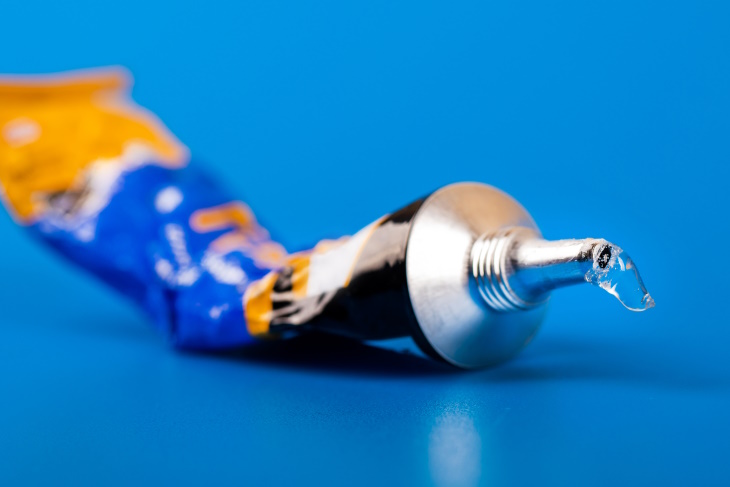
This household staple was invented in 1942 by chemist Harry Coover. During World War II, he worked with compounds called cyanoacrylates in an effort to create a clear plastic material for the production of precision gunsights for Allied troops. The research was scrapped because cyanoacrylates were incredibly sticky.
However, in 1951, Coover found a new use for cyanoacrylates as an adhesive and patented his invention. In 1958, Coover began marketing it under the name “Eastman 910,” and it later became known as "Super Glue." This popular adhesive was also famously used to stop bleeding and seal up open wounds during the Vietnam War.
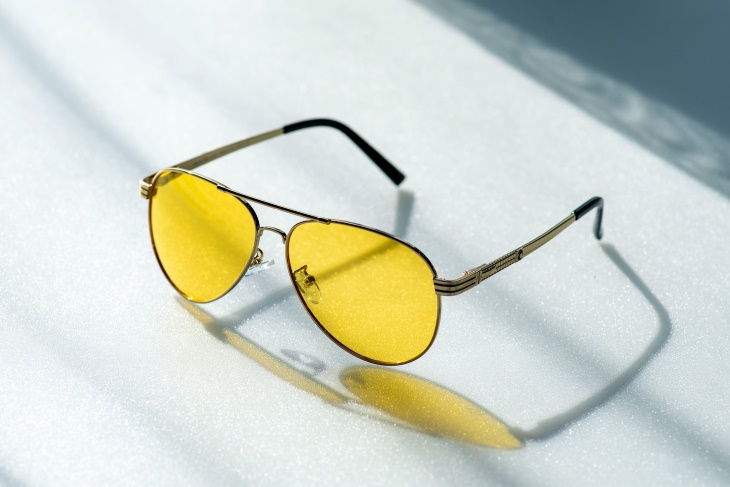
Today, aviator sunglasses are a classic fashion item. But unlike other shapes of sunglasses, aviators were initially meant to be worn under headgear. The first aviator model called “US Army Air Corps D-1 Sunglasses” was designed by the American Optical company for the military in 1935.
The tear-shaped sunglasses were designed to offer full coverage of the eyes and protect the eyes of pilots from the sun. At first, aviator sunglasses were not available for civilians. But in 1939, the company Bausch & Lomb started selling glasses to the public under the patent “Ray-Ban Aviator,” a name that may ring a bell.

No larger than a magic marker, this life-saving tool is one many allergy sufferers will recognize. That’s because the EpiPen is used in people at risk of anaphylactic shock, a medical emergency that arises as a result of a severe allergic reaction. The epinephrine autoinjector, or EpiPen, is administered with a quick shot into the outer thigh. You push a button, and the spring-loaded plunger launches a hollow needle into the muscle, rapidly providing a dose of life-saving epinephrine.
This type of mechanism was first developed in the Cold War era for soldiers to self-inject an antidote to nerve gas. In the 1970s, Sheldon Kaplan realized the pen could be adapted to deliver epinephrine and prevent anaphylactic shock. Kaplan was posthumously inducted into the National Inventors Hall of Fame in 2016.
Related article: 10 Inventions That Changed the World
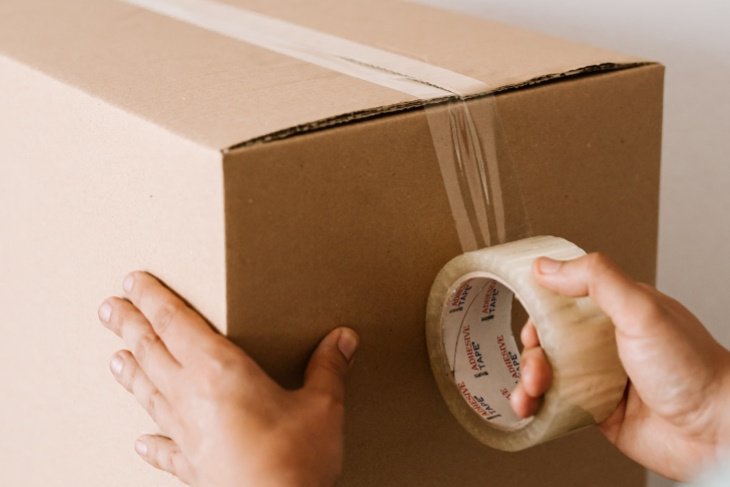
Duct tape is another household item that finds its beginnings in the military kit. Adhesive tape was invented by Vesta Stoudt, a mom from Illinois who had two sons serving in the Navy. In 1943, Stoudt was packing her sons’ boxes of ammunition and noticed they were sealed with paper tape dipped in wax.
The flimsy paper tape often made opening the box difficult. So Stoudt found a solution - waterproof cloth tape that could seal the box and be much sturdier. She sent a letter to President Franklin D. Roosevelt detailing the issue and her solution. Quite impressed, the president forwarded her idea to the War Production Board, and soon duct tape was born.

This stretchy, gooey substance wouldn’t exist if it wasn’t for World War II rubber shortages. The year was 1943, and in an attempt to create synthetic rubber, engineer James Wright, who worked at General Electric in New Haven, Connecticut, discovered an unusual new substance. Upon combining boric acid with silicone oil, an extremely stretchy yet bouncy gob of goo was formed.
As fascinating as it was, however, the substance had no practical military use. So Wright began searching for alternative uses. He even distributed samples. In 1949, one of the samples made its way to Ruth Fallgatter, a toy store owner. Together with Peter Hodgson, an advertising consultant, the goo was packaged up into plastic cases and sold for $2 a pop under the name "bouncing putty." Hodgson later started selling the toy on his own, under the name “silly putty.” And the rest is history.

Do you like taking family photos, recording your pets’ shenanigans, or making selfies with your smartphone camera? Most of us do, and most of us also don’t know that this entertaining and essential part of all present-day smartphones got started as military tech. The first digital cameras were made for aerial and space surveillance of enemy objects.
These now-ubiquitous devices were developed at the peak of the Cold War in the 1960s and 70s. As frequently happens, the technology later became available to the public. The first digital cameras available to the public were sold in the 1980s, and it wasn’t until the 2000s that the first mobile phones were equipped with digital cameras.
Related article: 12 Popular Inventions That Are Actually From Ancient China

World War I prompted the creation of two sanitary items sold and used everywhere. It all began when the company Kimberly-Clark manufactured crepe paper filters for gas masks. In the 1920s, when gas mask filters were no longer in demand, the company updated its paper innovation to market "Kotex" pads for women.
A few years later - in 1924 - Kimberly-Clark expanded its range of products by making thinner and softer tissues called "Kleenex." Initially, they were sold as makeup removal tissues, but consumers started using these wipes to blow their noses. Kimberly-Clark soon realized this and started marketing "Kleenex" as a disposable version of handkerchiefs.
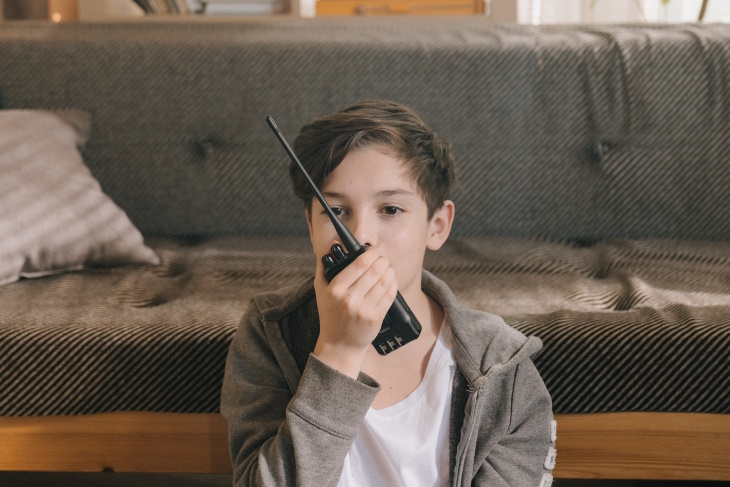
The invention of the walkie-talkie is credited to Canadian Don Hings, who developed the first one in 1937, even though it must be noted that many similar portable radios were developed by others at around the same time. Pilots used Hings' device to communicate during flight.
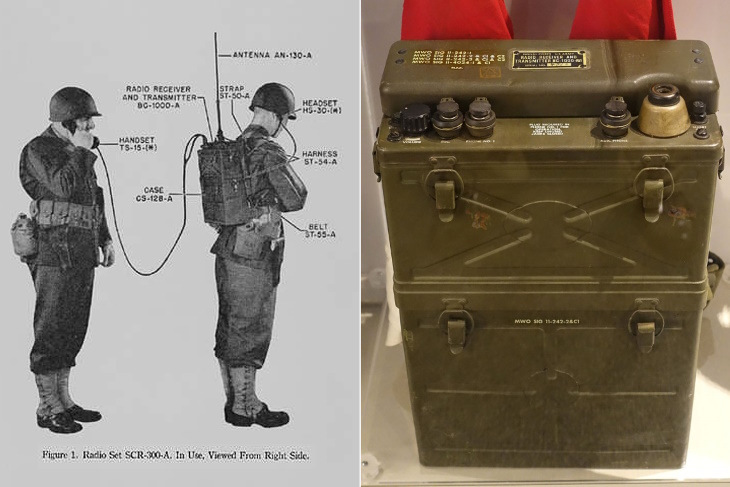
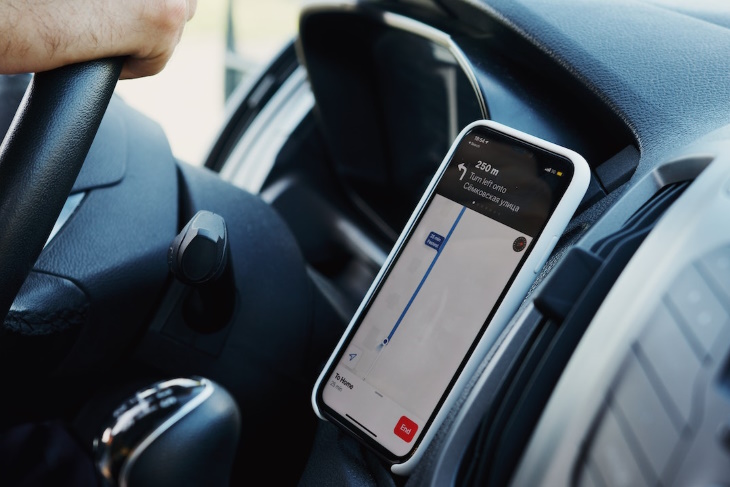
Most of us can hardly imagine daily life without a GPS navigator. So it seems unbelievable how it’s been less than a century since this technology has been available. The first NAVSTAR Global Positioning System (GPS) technology was developed in the 1960s by the US Department of Defence. This technology used satellites to determine one’s location by measuring their distance from 3 satellites orbiting the Earth.
GPS became fully operational only in 1994, but people were already excited about it then, as they have seen the technology in action during the Cold War. Needless to say, GPS is widely used in all kinds of consumer products today – from cars to phones.

For some of these inventions - like GPS or walkie-talkies - it makes sense that they were developed by the military. But other inventions are less obviously related to the army. The perfect example of the latter is the packaged salad mix that’s easily available at your local supermarket.
The technology that makes these packaged greens different is the so-called “modified atmosphere packaging,” which delays the spoiling and ripening of the salad greens. This technology was first developed in the 1960s. The US Navy worked together with Whirlpool to package and send fresh vegetables to US soldiers in Vietnam.



The dry electric shaver wasn’t designed for the military per se, but its inventor was a military man – Colonel Jacob Shick. The idea came to him when he was looking for gold in Alaska and British Columbia in the 1910s and injured himself. As he was recovering, he had difficulties shaving, so he created a rough draft of an electric shaver.
His initial plan was rejected, and Shick had to put his invention on hold when he reported for military duty in World War I. However, on May 13, 1930, his updated draft of the electricity-powered dry shaver received an official patent. During the first decades of production, the shavers weren’t particularly popular. But in the late 1940s, the business exploded, and Shick later sold his invention to Norelco.

Not all canned food is particularly tasty, but it’s always there, sitting in your pantry. It's ready to fill a growling stomach when you’re low on groceries but need a quick meal. Once again, we have the military to thank for this convenient type of food. Actually, canned food transformed warfare and ended a previously pervasive problem of food shortages in the army.
The story of canned food traces back to France in the early 1800s. Napoleon Bonaparte issued an order in which he offered a large cash prize for anyone who would find a way to preserve food for a long time. A man named Nicolas Appert took up the challenge and discovered that cooking food in a sealed jar allowed it to stay fresh for months. Monsieur Appert is now known as the "Father of Canning."


Even though no single individual is credited with the invention of the computer, we know that the history of simple mechanical computing devices reaches back to the 19th century. That being said, the first electronic computers were created only in the 20th century.
In fact, all modern computers are derived from technology developed by the US Army Research Laboratory. Understandably, these first computers were used for military purposes. In fact, the predecessor of the Army Research Laboratory, called the Ballistics Research Laboratory, started research into computing as far back as the 1930s.
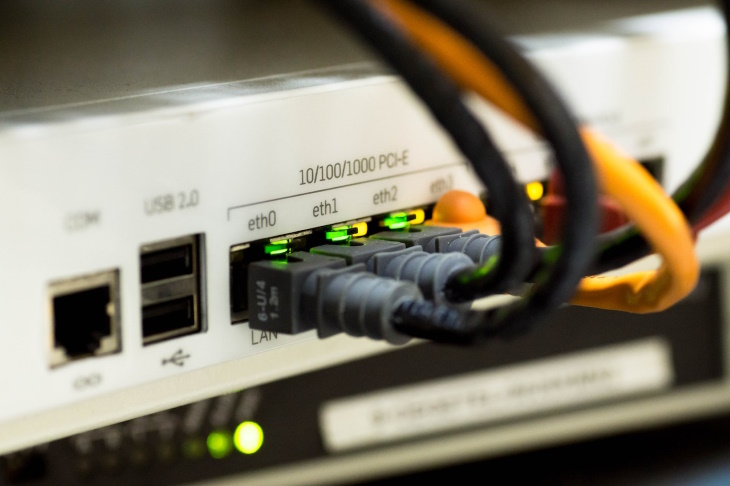
The internet is a network of computers linked together across the world. With the internet, people can access information located anywhere at any time. The internet has had a profound, incalculable effect on entertainment, the economy, and politics. Originally created by the US military as a closed network of computers in the 1960s. This first prototype was called the "Advanced Research Projects Agency Network."
This early network, in combination with the TCP/IP communications protocol, made the technical basis for the internet. However, it wasn’t until decades later that the service became truly global. Roughly speaking, the internet had only become commercialized in the US by the 1990s.

Let’s lighten the mood from all the technical talk with a short interlude, and maybe a short snack. That’s because we’re about to discuss one of the most delicious and nutritious military inventions in history (no offense, French canned foods). Concentrated orange juice was developed by the United States Department of Agriculture and the Florida Citrus Commission in 1945 as a way to provide soldiers with enough Vitamin C during World War II.
They were a bit late with the invention, though, and the juice never reached the troops overseas. Instead, the patent was made public, and Minute Maid started manufacturing orange juice according to this recipe in 1946. Today, orange juice is one of the most beloved fruit products in the country. It is said that the average US consumer drinks more than 30 pounds of orange juice every year.
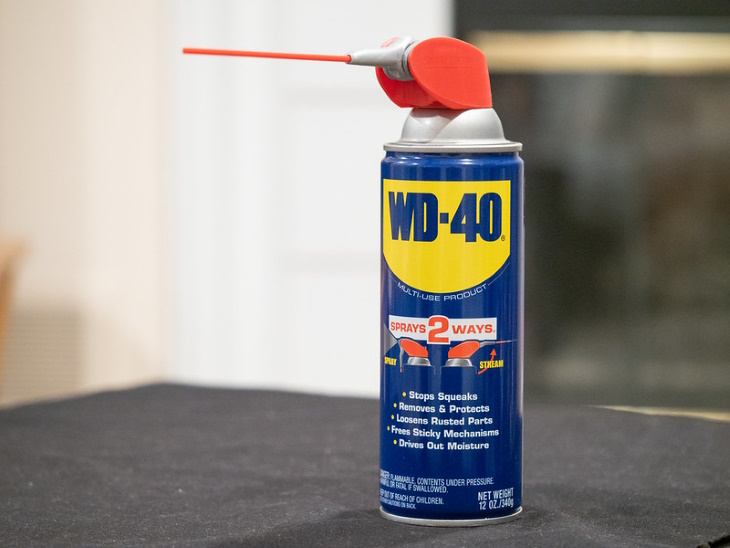
Here’s another household staple you may be surprised to see on this list! WD-40 is now found in homes across the world, but it was first utilized to protect the outside of the Atlas Missile from rust. As you well know, WD-40 has a thousand uses, as it has rust-prevention properties and works as a degreaser. To read more about the uses of WD-40, click here: 12 Wonderful Uses of WD-40
WD-40 was developed by Rocket Chemical Co. in San Diego in 1953. Once the company found out that workers were using WD-40 at home, they started selling it in aerosol cans. The product first appeared in stores in 1958. Fun fact: The WD in the name itself stands for “water displacement,” and the 40 signifies the number of attempts it took the chemists to develop the formula.

When summer comes and you’re spraying yourself with insect repellant to survive in the garden, remember to thank the army. That’s because DEET, the active ingredient in a percentage of insect repellants, was created for use by military personnel.
Again, we’re taken to 1940 and World War II. US soldiers in the South Pacific were worried about mosquito bites that could potentially carry malaria. So the army partnered up with two scientists from the USDA: William Sullivan and Lyle Goodhue. The challenge was to produce an insecticide in a fine mist. A year later, in 1941, the first bug spray playfully called “bug bomb” by soldiers was already in production. These and other aerosol mist cans were later found to harm the atmosphere, but they have since been updated to be less harmful.
This was the last invention on our list. If you enjoyed reading about them, check out some of the related posts we linked earlier and share this post with other folks.
References: MIT, North Central Institute, Science History Institute, JNJ.com, ThoughtCo, Connecticut History, Interesting Engineering